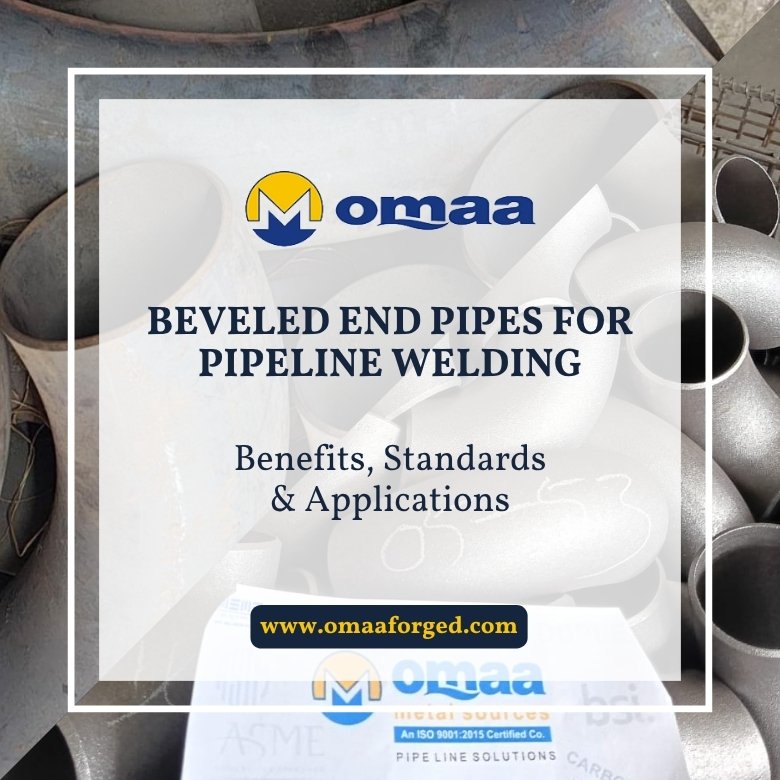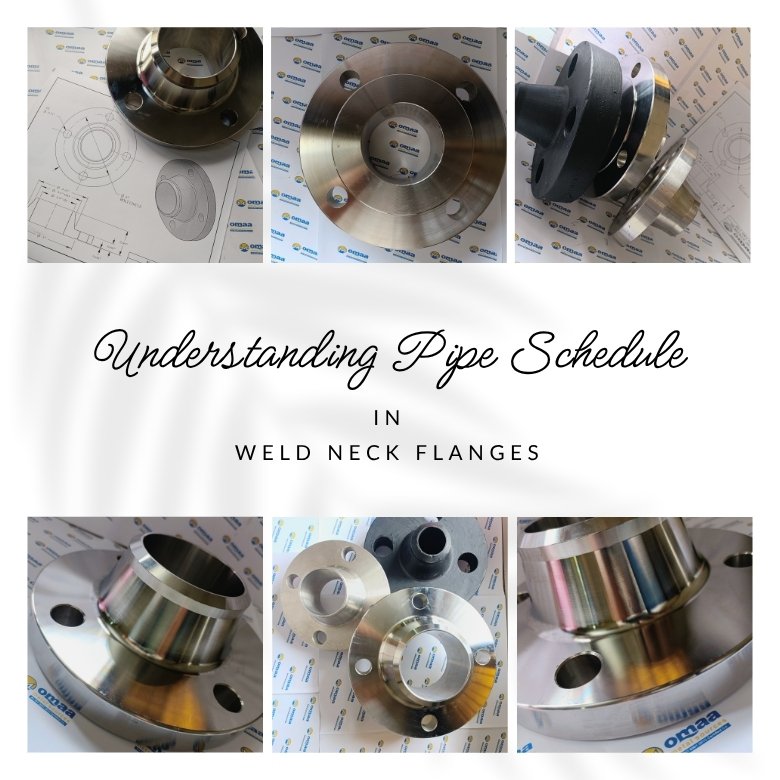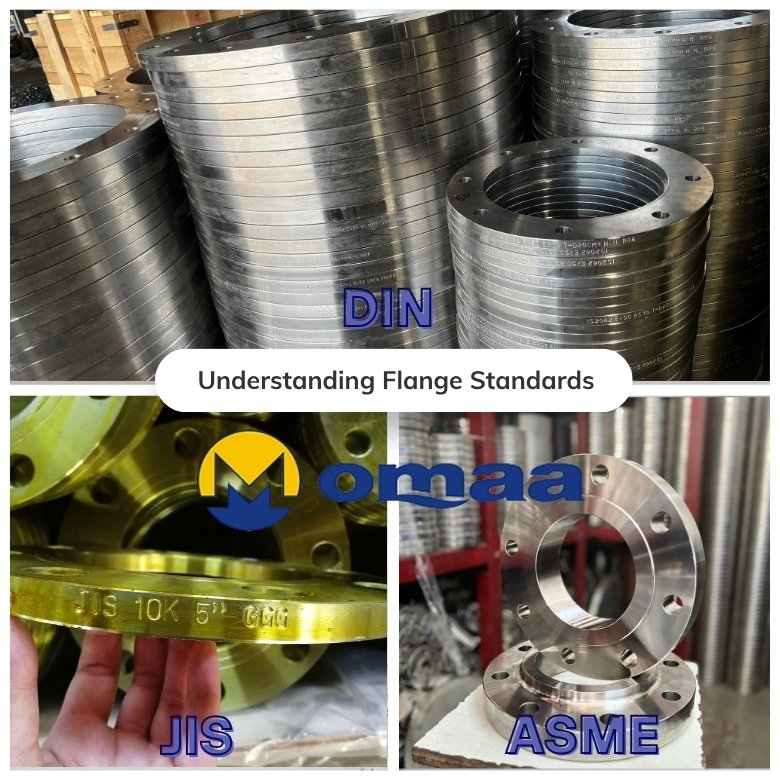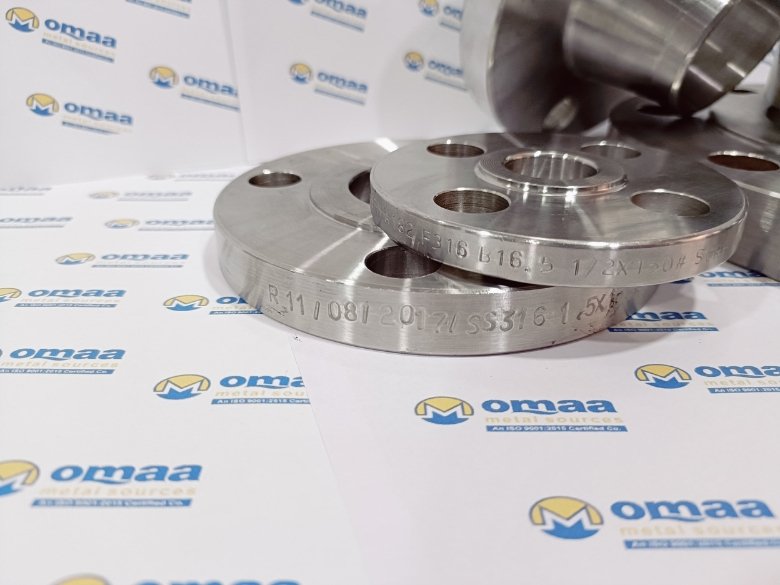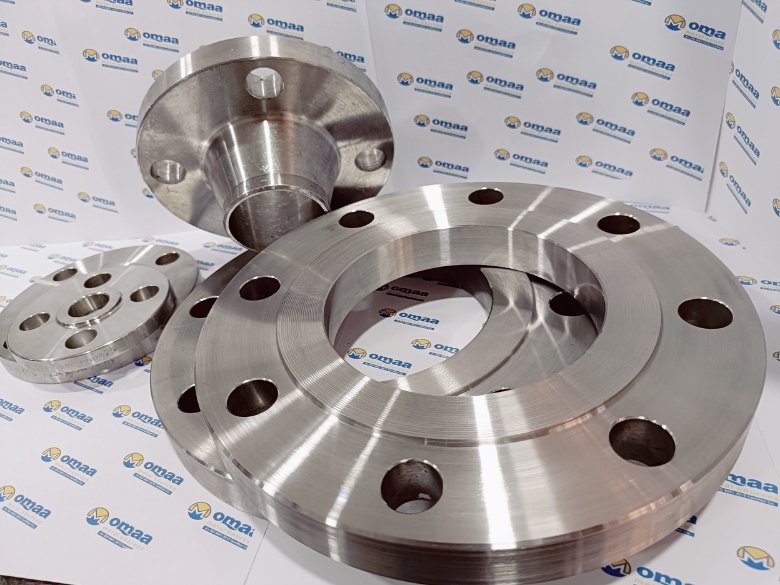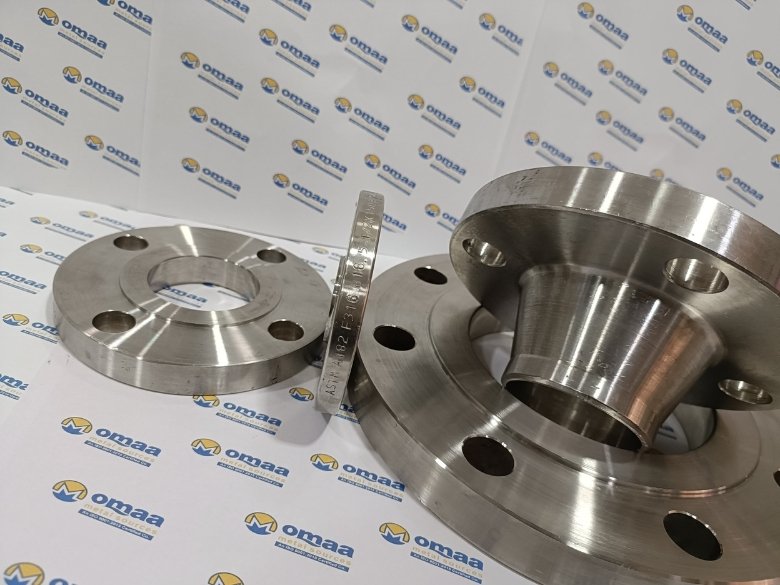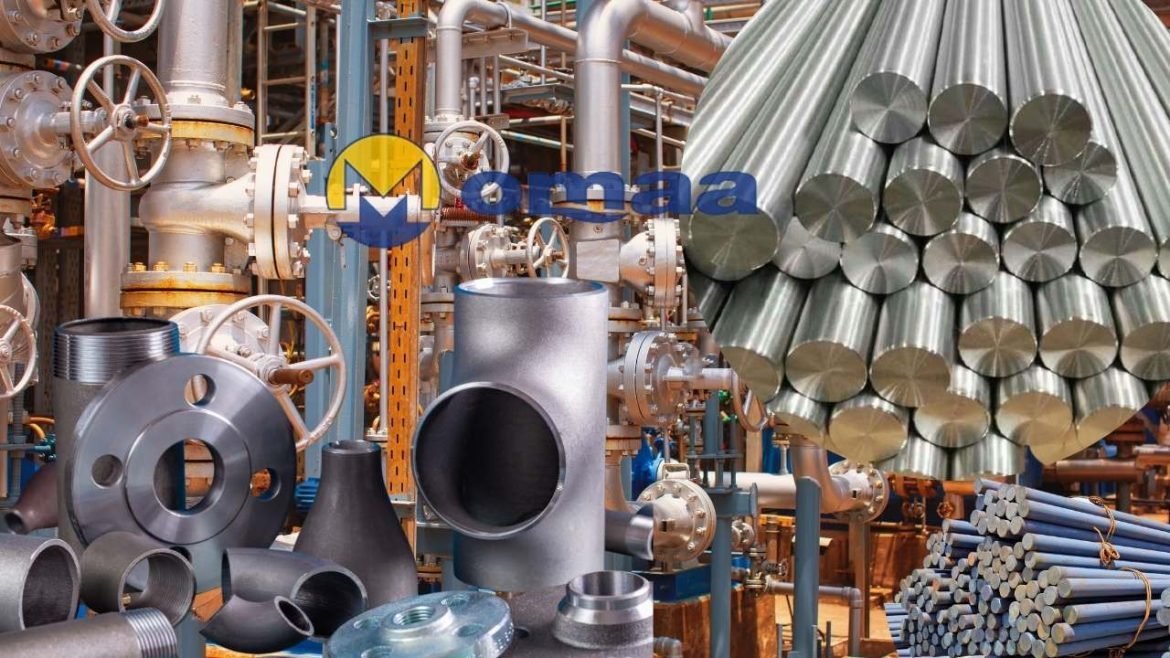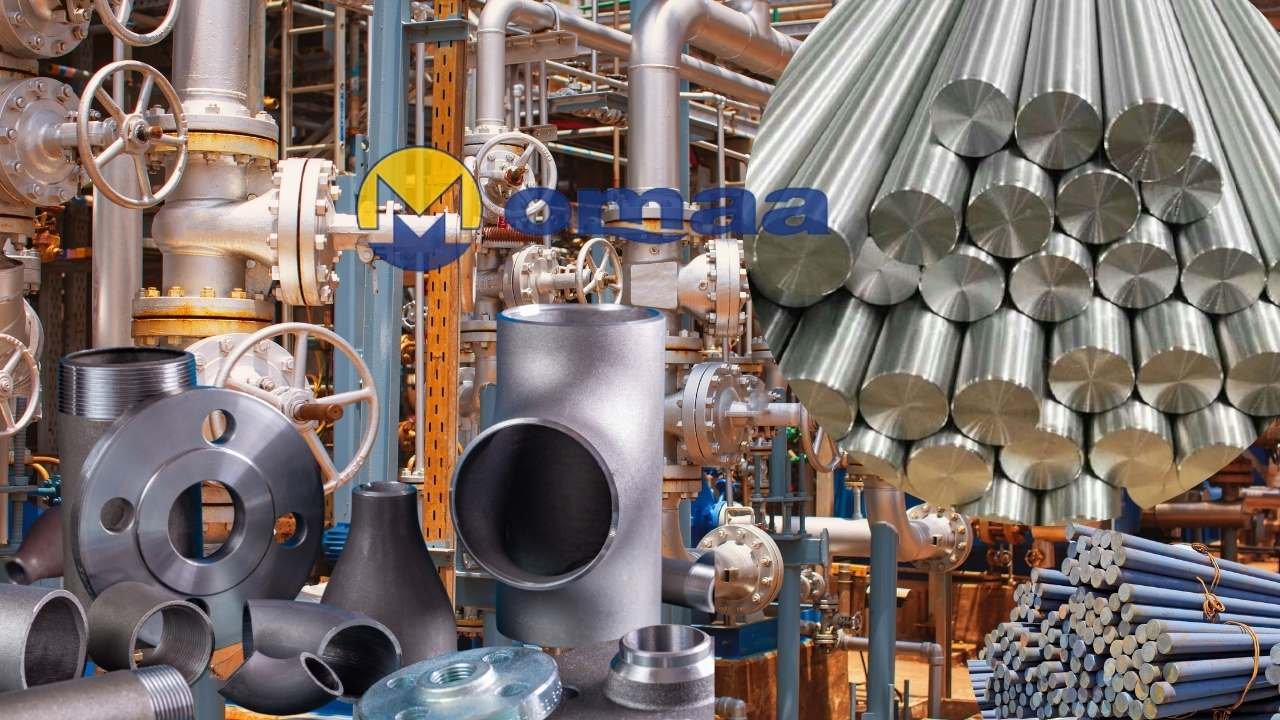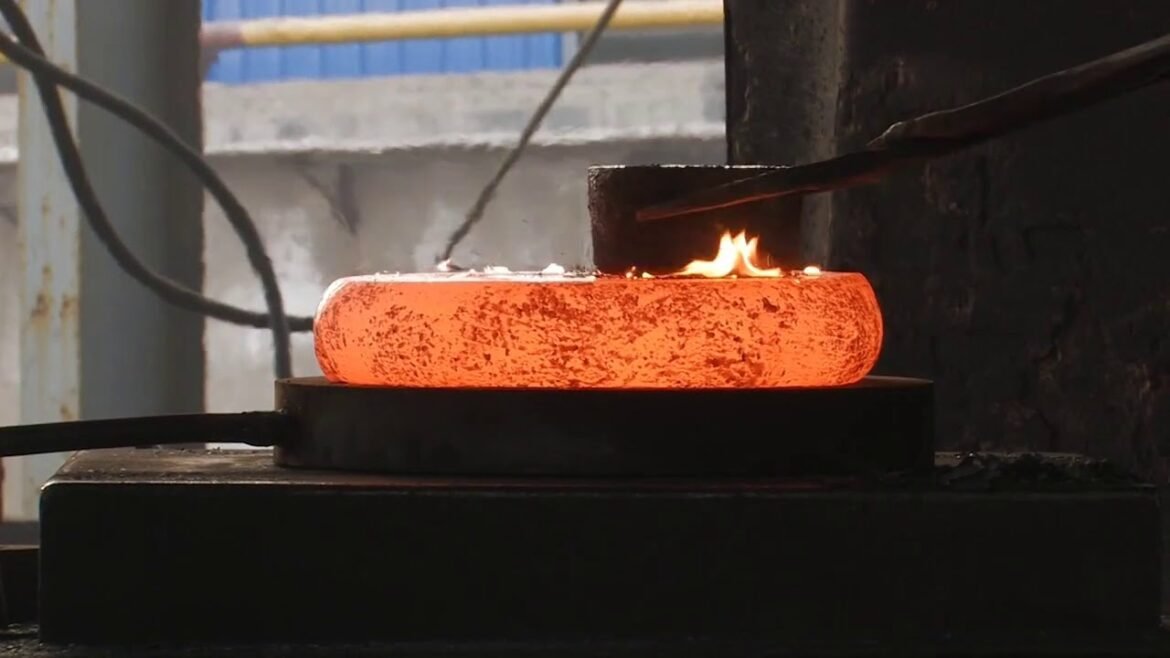Understanding the Role of Beveled End Pipes in Pipeline Welding
When it comes to pipeline systems that demand durability, strength, and long-term performance—beveled end pipes play an essential role. These specially cut pipe ends are designed to ensure reliable welding connections, especially in high-pressure and high-temperature environments.
What Are Beveled End Pipes?
A beveled end refers to a pipe end that is cut at an angle—typically between 30° to 37.5°—instead of a flat, straight edge. This angled surface forms a groove when two pipes are placed end to end, allowing for deeper weld penetration and a more secure joint.
Key Benefits of Beveled Ends in Pipe Welding
- Superior Weld StrengthThe beveled edges form a “V” or “U” groove, enabling full weld penetration. This results in a strong, leak-proof joint, which is especially critical in pipelines carrying high-pressure fluids or gases.
- Precise Alignment & Fit-UpBeveled ends help achieve accurate alignment and spacing between pipes, reducing the risk of welding defects or misalignment during installation.
- Compliance with International StandardsPiping and welding codes like ASME, ASTM, and API require beveled ends for certain pipe thicknesses and classes. Using beveled pipes ensures your system meets global compliance standards.
- Increased Efficiency in Field WeldingPipes that are pre-beveled at the factory reduce time spent on-site preparing edges. This not only improves installation speed but also ensures uniformity and higher weld consistency.
Industrial Applications of Beveled End Pipes
Beveled end pipes are indispensable in several industries where high-integrity pipeline connections are mandatory:
- Oil & Gas Transmission Lines
- Petrochemical & Chemical Processing Plants
- Power Generation & Thermal Plants
- Refineries & Storage Terminals
- Offshore and Onshore Piping Systems
Omaa Metal Sources – Your Trusted Supplier for Beveled End Pipes
At Omaa Metal Sources, we supply precision-engineered beveled end pipes and fittings that deliver maximum weldability and mechanical strength. Our products are tailored for demanding pipeline projects, ensuring reliable performance under extreme conditions.
Whether you’re working on a refinery upgrade, offshore platform, or power plant installation, our high-quality beveled end solutions help ensure long-term safety and operational efficiency.
Conclusion
Beveled end pipes are not just a welding convenience—they are a structural necessity for any robust and leak-proof pipeline system. Trust Omaa Metal Sources to deliver products that meet stringent industry standards while enhancing your project’s durability and weld quality.
Need guidance on selecting the right Beveled End Pipes for Pipeline Welding?
Get in touch with our experts at sales@omaaforged.com | www.omaaforged.com
OMAA Metal Sources – Where Forging Meets Precision.
